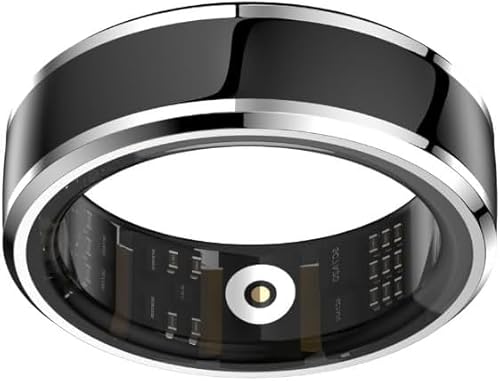While recently published, this is not new information, and it carries a legacy from an error commonly made in earlier valve studies.
This essentially mirrors the numbers from the study that Al published a year or so ago (and has popped up from time to time), declaring a near-dead-heat for thrombosis rates over time between tissue and mechanical valves. The difference is that this writer didn't read the caveat that accompanies many of the original study articles now (
http://www.valvereplacement.com/forums/showthread.php?t=7782 )
The thromboembolism rates for mechanical and tissue valves are equivalent. This is basically what the study had said. This was heavily discussed at the time it was posted, as it was antipathetic to numerous other studies available both then and now. I complained that it didn't factor for age at the time, because the mean age of tissue recipients is decidedly older than that of mechanical recipients. This was particularly true in older studies, as that had been the habit of surgeons for years. But it was Burair who some months later picked up this independent comment that had been tacked to the original web version by the publisher:
Burair said:
There is a commentary to this paper which raises the point (for aortic valve):
"The group of patients receiving bioprostheses would be older than the group with mechanical prosthesis, so the incidence of stroke in the bio-prosthesis patients would be higher due to aging related causes not coupled to their valve prosthesis. This, in the opinion of the commentator, is indistinguishable from valve related stroke. I did see an age related correction factor in their analysis but am not familiar with their technique ( they seem to use a linear fit to the data, to come up with the independent probability estimate and correct their data for independent risk factors for stroke ). This would be a systematic error overestimating the incidence of stroke in the bio-prosthesis group."
(
http://www.valvereplacement.com/forums/showthread.php?p=94256&highlight=stroke+risk#post94256 )
During their lives, many recipients of tissue valves receive anticoagulation therapy due to comorbid conditions. This doesn't mention percentages, but ACT gets into serious numbers (≈25%) at about age 75-80 for
everyone. "During their lives" not only introduces another age-related factor as being valve-related, but also includes people who are on warfarin or Plavix for six months for an initial afib/arrhythmic problem that goes away on its own - along with the resulting ACT.
The anticoagulation-related blood loss rates associated with mitral mechanical valves and mitral tissue valves are equivalent, whereas the blood loss rates associated with aortic tissue valves are less than those associated with aortic mechanical valves. This says that there are more bleeding episodes with mechanical aortic valves than tissue aortic valves (expected), but that the bleeding events happen about evenly with both types in the mitral position (I don't know why/how that would/could be - mitral usually has a higher INR requirement than aortic).
Again, that fits with Al's earlier study, wherein there was a minute advantage to tissue aortic valves over time. But for practical purposes, no difference.
However, that hole in the age-correction logic, which put the writeup of the posted study into question, lives on in this rehashing of the old literature as well. It doesn't fit with numerous other, age-corrected studies that do show a difference. And because of this logical omission, it also diverges from the recent studies that show that over time, the risks of mechanical and tissue valves are a dead heat.
Finally, the studies and literature used reflect a mélange of different tissue valves used over the last two decades. Many of those valves, such as the St. Jude porcine valves (popular mainly because hospitals got their mechanical valves there), had useful lifespans of only 6-8 years. While the St Jude mechanical valve didn't change over the last two decades, tissue valves have evolved enormously. With (quite conservatively) double the mileage, reops and their associated risks would be cut in half. That would have an effect on the equation.
What was said about Al is true, by the way - Al seldom says anything that would push someone one way or the other, although he could certainly have an axe to grind if he were minded to. Credit where credit is due.
Best wishes,





















